The moment I stepped off the water taxi in Venice, I knew my journey through Veneto would be magical. The Grand Canal sparkled in the morning light, reflecting the ancient palaces that line its banks like a living museum.
Veneto offers one of Italy’s most diverse travel experiences, allowing you to explore Venice’s romantic lagoon and the dramatic Dolomite Mountains in a single trip.
I spent my first days getting lost in Venice’s maze-like streets, crossing tiny bridges and discovering hidden squares far from the tourist crowds. The city floating on water feels like it belongs in a dream. But Veneto holds more treasures beyond the lagoon.
Driving north from Venice toward the UNESCO-listed Dolomites was like entering another world. The mountains rise dramatically from the landscape, their pale limestone peaks creating a jagged skyline unlike anything else in Italy.
In places like Cortina d’Ampezzo and around beautiful Lake Misurina, I found myself speechless at the contrast between these alpine wonders and the coastal charm I’d left behind just hours earlier.
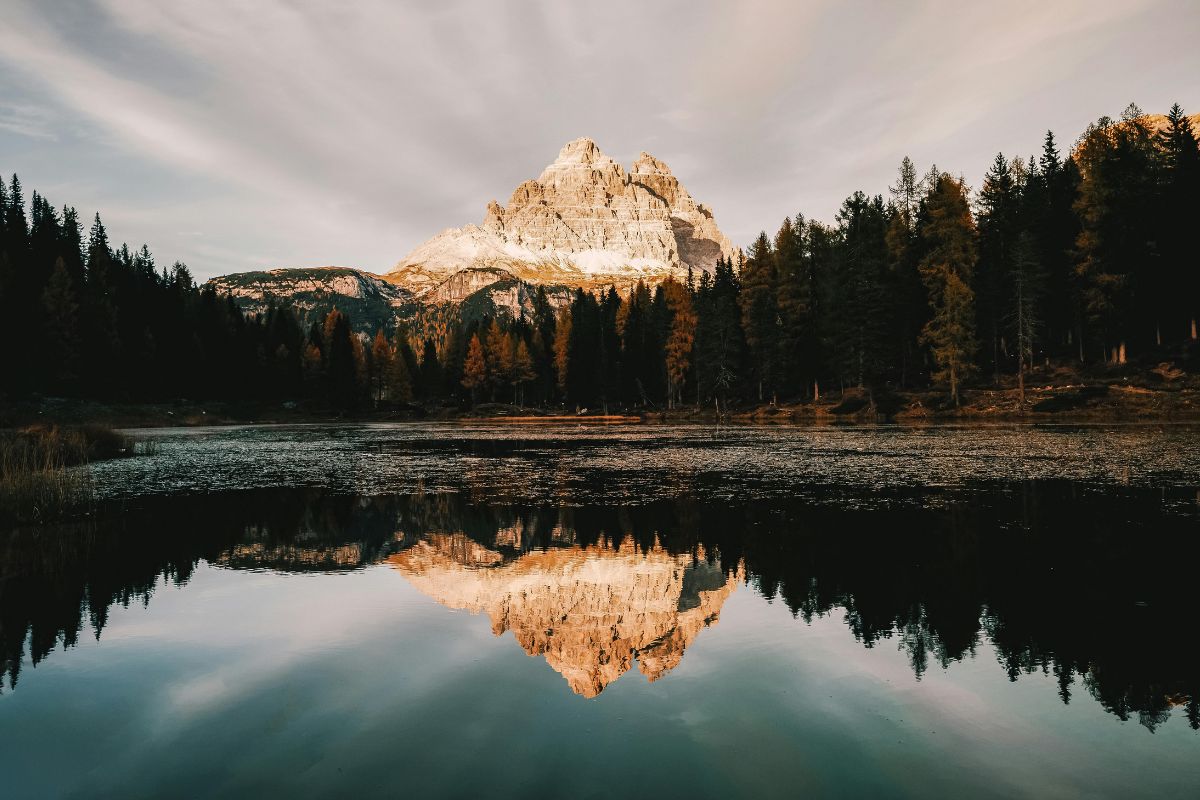
Exploring the Urban Majesty of Venice
Venice captivates visitors with its unique blend of artistic splendor and architectural innovation. The city’s network of canals, historic buildings, and island neighbors creates an unforgettable urban landscape unlike anywhere else in the world.
The Romance of the Grand Canal
The Grand Canal snakes through Venice like a liquid main street, offering the best views of the city’s magnificent palaces. I recommend taking a vaporetto ride at sunset when the golden light transforms the water into a shimmering mirror.
Gondola rides remain the most romantic way to experience the canal, though they’re pricier than public transportation. My favorite stretch runs between the Rialto and Accademia bridges, where you’ll glide past colorful palazzi that seem to float on water.
The canal-side cafés provide perfect spots for people-watching. I love sipping an Aperol Spritz at a waterfront table, watching boats of all sizes navigate this busy waterway while admiring buildings that span centuries of Venetian architectural styles.
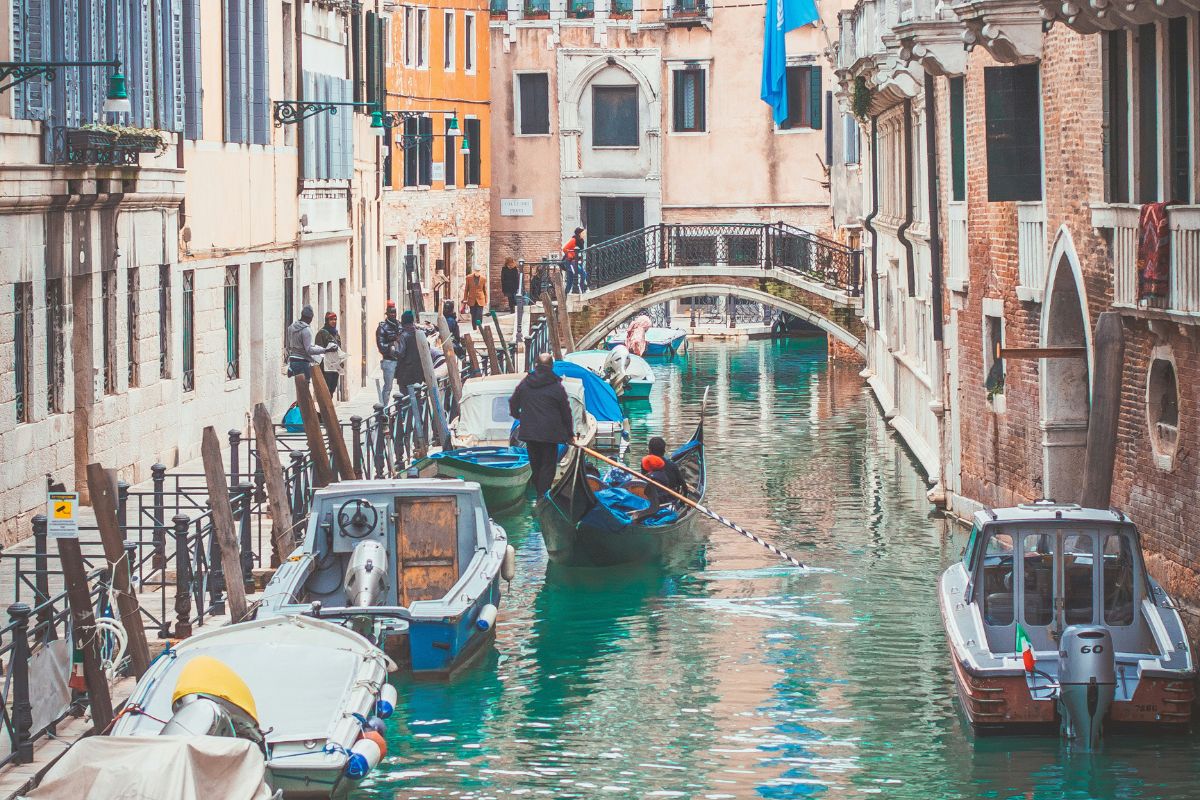
Venetian Lagoon and its Islands: Murano, Burano, and Torcello
A short boat ride from central Venice brings you to the lagoon’s fascinating islands. Murano has been the center of Venetian glassmaking since 1291, when fire concerns prompted authorities to move glass furnaces from the main city.
Burano dazzles with its rainbow-colored fishermen’s houses. The island’s lace-making tradition dates back centuries, and you can still find intricate handmade pieces in local shops. The leaning bell tower adds to its picturesque charm.

Torcello offers a quieter experience with fewer tourists. This was Venice’s first settlement, predating the main city. The ancient Byzantine mosaics in the Cathedral of Santa Maria Assunta are breathtaking – I spent nearly an hour absorbing their golden splendor.
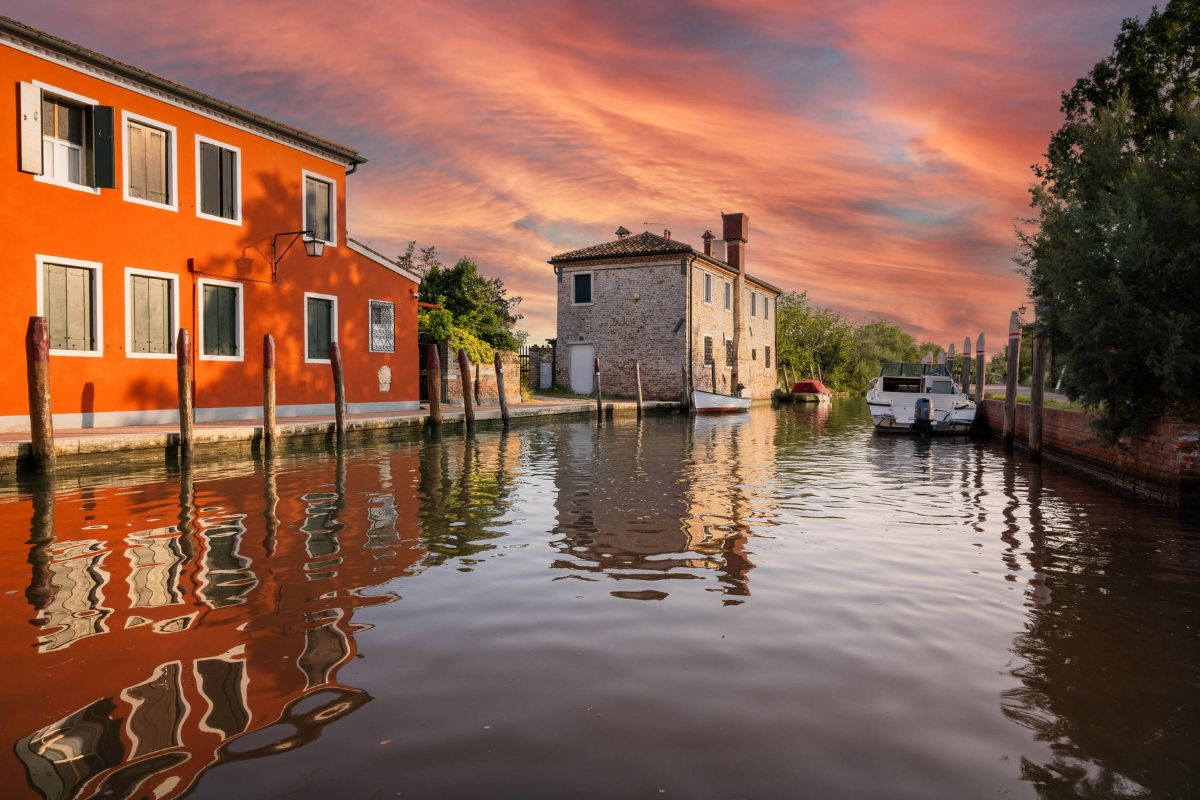
Architectural Marvels: Basilica and Rialto Bridge
St. Mark’s Basilica stands as Venice’s crown jewel, blending Byzantine, Gothic, and Renaissance elements. The golden mosaics covering nearly 8,000 square meters of ceiling and walls left me speechless on my first visit.
The interior treasures include the Pala d’Oro, a stunning gold altarpiece studded with precious gems. I recommend visiting early morning or late afternoon to avoid the worst crowds.
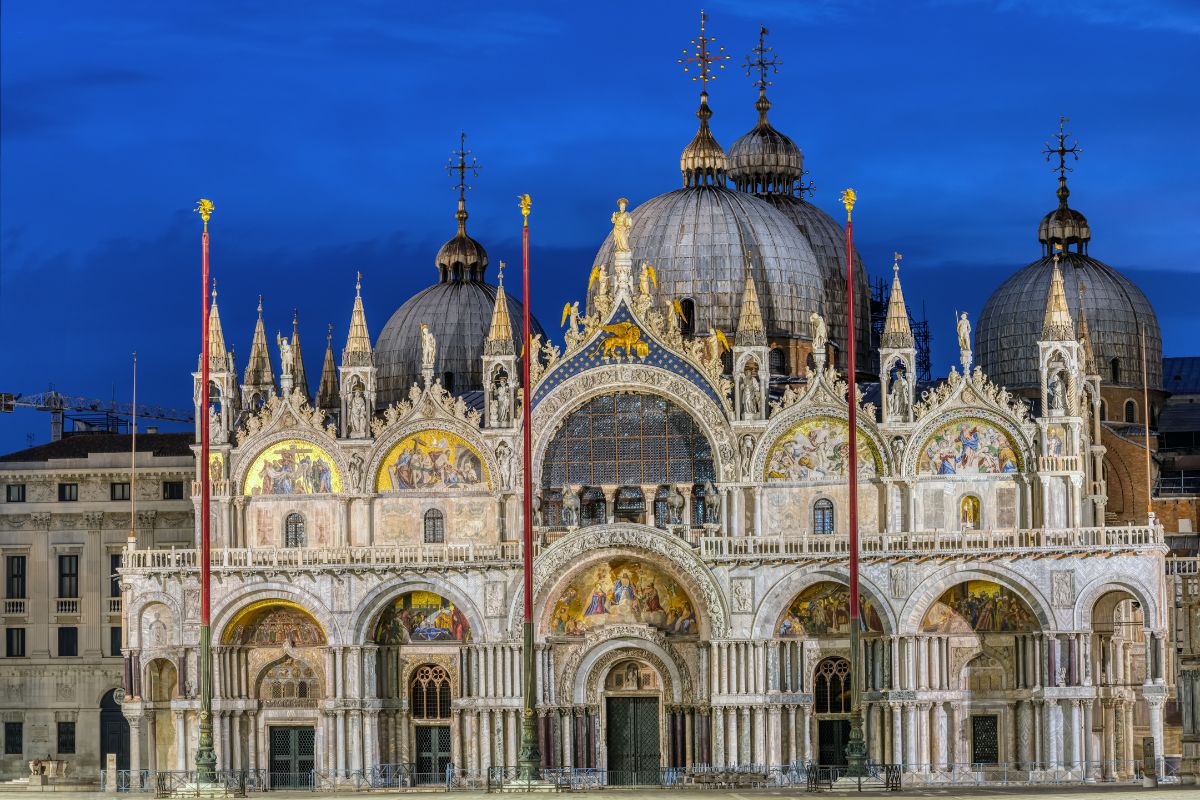
The Rialto Bridge arches gracefully over the Grand Canal as both a vital crossing point and commercial hub. Dating back to 1591, it replaced earlier wooden versions with a bold single stone span.
Small shops line both sides of the Rialto Bridge, selling everything from luxury items to tourist souvenirs. The bridge offers some of Venice’s most iconic views, especially from the central portico where photographers gather at sunset.
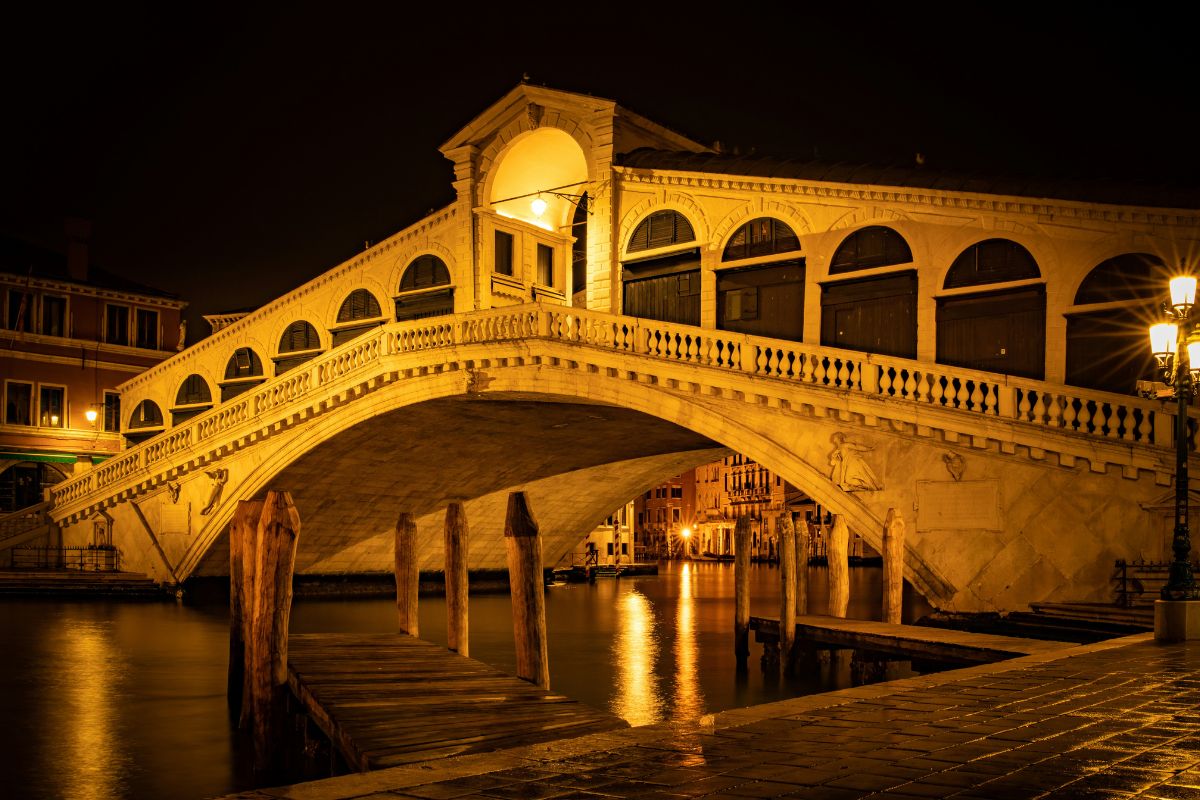
The Artistry of Veneto: Lace, Glass, and Renaissance Cities
Veneto’s artistic heritage is displayed through its exquisite craftsmanship and architectural splendor. I’ve found that this region offers some of Italy’s most impressive creative traditions, from delicate handmade items to magnificent urban landscapes.
Lacework of Burano and Glassblowing of Murano
The colorful island of Burano captivated me with its intricate lacework tradition dating back to the 16th century. Women sit in doorways creating delicate patterns passed down through generations. Each piece tells a story of patience and skill.
On nearby Murano, I watched master glassblowers transform molten glass into stunning works of art. This tradition began when glassmakers were forced to relocate from Venice to Murano in 1291 to prevent fires in the main city.
The island’s workshops showcase centuries of expertise, with colorful vases, chandeliers, and figurines on display. Many artisans offer demonstrations where you can witness their remarkable skill firsthand.
Urban Charms of Treviso, Vicenza, and Verona
Treviso charmed me with its network of canals and medieval walls. This lesser-known gem features frescoed buildings and relaxed piazzas where locals enjoy prosecco from nearby vineyards.
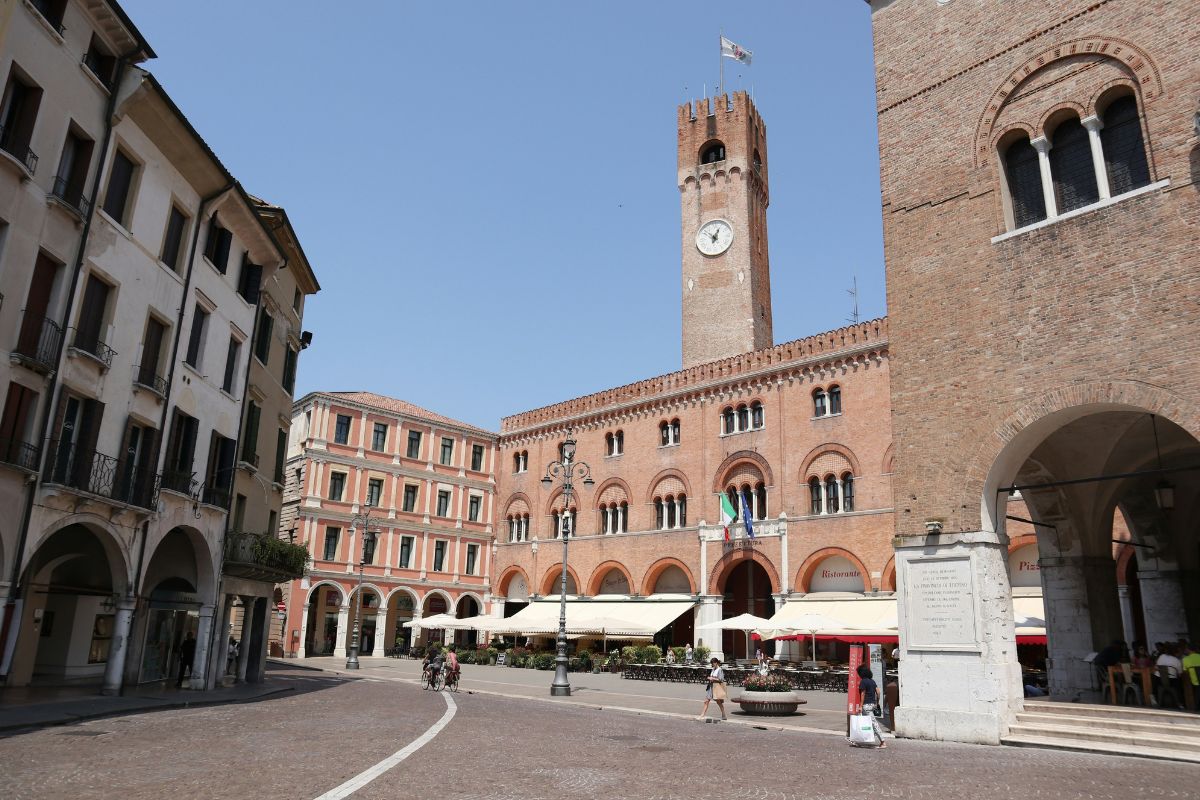
In Vicenza, I marveled at Palladio’s architectural genius. His distinctive style transformed the city with elegant buildings like the Basilica Palladiana and Teatro Olimpico.
Verona stole my heart with its romantic atmosphere. Beyond the famous balcony associated with Romeo and Juliet, I explored the impressive Roman Arena and wandered through medieval squares. The explosion of colors on building facades and the artisanal shops selling local crafts make it impossible not to fall in love with this city.
Historic Sites: UNESCO World Heritage in Padua and Vicenza
Padua houses one of Italy’s most significant artistic treasures – Giotto’s revolutionary frescoes in the Scrovegni Chapel. This UNESCO site showcases early Renaissance innovation with its emotional storytelling and spatial depth.
The city’s historic Botanical Garden, established in 1545, is another UNESCO gem I enjoyed exploring. It’s among the world’s oldest academic gardens and still contains original plant species.
Vicenza earned its UNESCO status thanks to Palladio’s architectural contributions. Walking through the city, I discovered 23 buildings designed by the master, including stunning countryside villas. Villa La Rotonda particularly impressed me with its perfect symmetry and classical inspiration.
The historic city center preserves Renaissance urban planning at its finest, with harmonious streetscapes that blend medieval structures with Palladian innovations.
Amidst the Peaks: The Dolomite Mountains Adventure
Venturing from Venice into the magnificent Dolomite Mountains reveals a world of alpine beauty, outdoor thrills, and breathtaking panoramas that will leave you speechless.
Hiking and Skiing in Cortina d’Ampezzo
Cortina d’Ampezzo is truly the crown jewel of the Dolomites. I spent three unforgettable days exploring this elegant mountain town that hosted the 1956 Winter Olympics. The ski slopes here are world-class, with over 120 kilometers of pistes catering to all skill levels.
In summer, the area transforms into a hiker’s paradise. I recommend taking the trail to Rifugio Averau for some of the most spectacular mountain views I’ve ever seen. The 6-kilometer hike isn’t too challenging, making it perfect for casual hikers.
The town itself exudes charm with its pedestrian-friendly center filled with boutiques and cafés. After a day on the mountains, I loved relaxing at one of the outdoor patios, sipping a local Alpine liqueur while watching the sunset paint the surrounding peaks in golden hues.
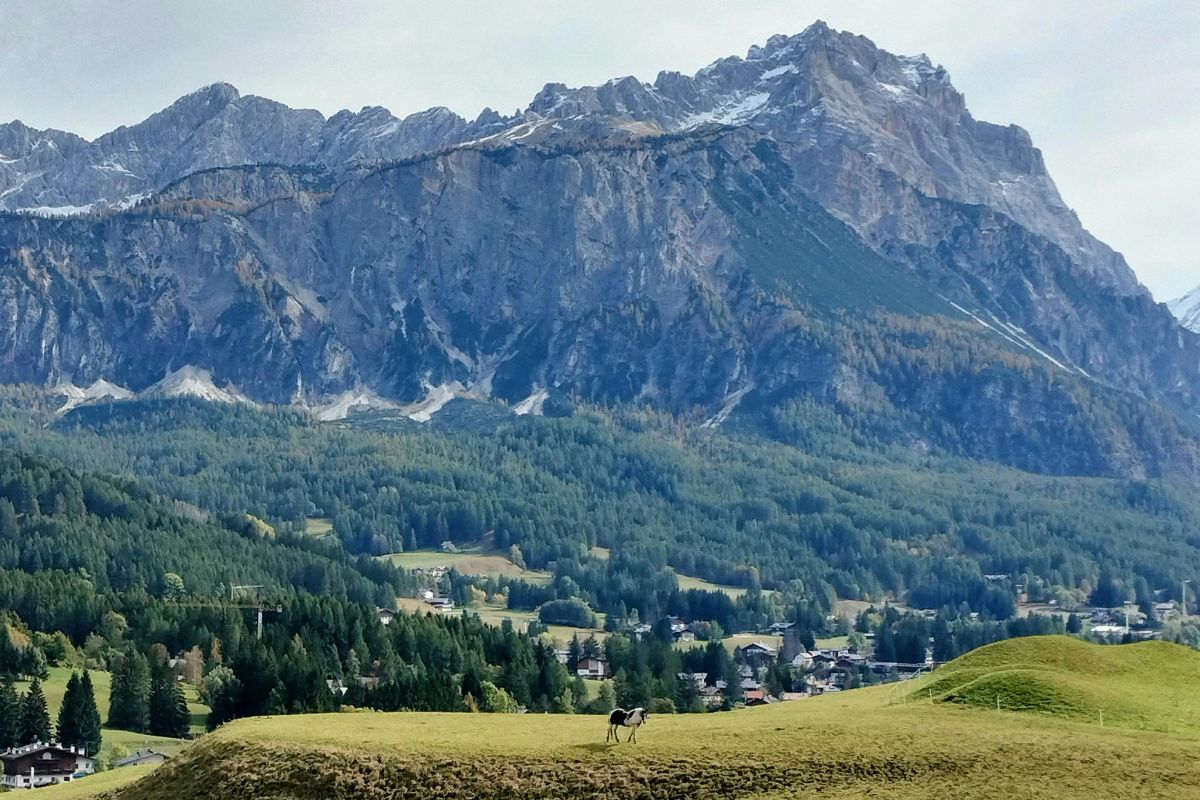
Natural Wonders: Lake Misurina and Tre Cime di Lavaredo
Lake Misurina took my breath away the moment I arrived. Known as “the pearl of the Dolomites,” this crystal-clear alpine lake sits at 1,756 meters above sea level. The reflections of the surrounding mountains on its surface create perfect photo opportunities.
Just a short drive from the lake, the iconic Tre Cime di Lavaredo (Three Peaks) dominate the landscape. These three distinctive rock formations rise dramatically from the earth, reaching heights of nearly 3,000 meters.
My favorite experience was the circular hiking trail around the peaks. It takes about 4 hours to complete and offers constantly changing perspectives of these magnificent stone giants. The route is well-marked and moderately challenging.
Best Time to Visit: July-September for hiking, December-March for winter activities

Discovering the Marmolada and the Dolomite Alps
Marmolada, standing proudly at 3,343 meters, is the highest peak in the Dolomites. I took the cable car to Punta Rocca station and was rewarded with panoramic views that stretched across northern Italy and into Austria on a clear day.
What makes the Marmolada special is its glacier, the largest in the Dolomites. In winter, it offers some of the most challenging ski runs I’ve encountered. During warmer months, the melting ice creates beautiful blue lakes at the mountain’s base.
The surrounding Dolomite Alps region is home to charming villages like Pieve di Cadore, the birthplace of the famous painter Titian. These traditional settlements provide authentic glimpses into mountain culture and cuisine.
Don’t miss trying local specialties like canederli (bread dumplings) and apple strudel at mountain refuges. The blend of Italian and Austrian influences creates a unique culinary experience that perfectly complements the dramatic alpine setting.
The Serene Waters of Veneto: Lake Garda and Beyond
Veneto’s waters offer some of the most breathtaking experiences in Northern Italy. The region’s lakes reflect magnificent mountain peaks while providing peaceful retreats for travelers seeking both adventure and relaxation.
The Enchanting Shorelines of Lake Garda
I discovered Lake Garda‘s picture-perfect shores during my spring visit, and the experience was truly magical. As Italy’s largest lake, it creates a stunning boundary between Veneto and Lombardy with crystal-clear waters that mirror the surrounding mountains.
The eastern shore, which belongs to Veneto, features charming towns like Malcesine and Bardolina. Each has its own unique character while sharing that quintessential Italian lakeside charm.
What surprised me most was the Mediterranean microclimate that allows olive groves and lemon trees to flourish despite being so close to the Alps. This creates a fascinating blend of alpine and Mediterranean landscapes.
Water activities abound here – from sailing and windsurfing to simple swimming in the refreshing waters. The consistent breezes make it especially popular for wind sports enthusiasts.
Thermal Retreats at the Euganean Hills
The Euganean Hills offer a completely different water experience through their famous thermal springs. These volcanic hills southwest of Padua have been known for their healing waters since Roman times.
I spent a relaxing weekend at one of the spa towns like Abano Terme, where naturally heated mineral water bubbles up from deep underground. The water emerges at temperatures between 60-80°C and is rich in beneficial minerals.
The therapeutic mud treatments are particularly special. Local spa staff harvest mud from the thermal lakes, mature it in the mineral water, then apply it warm to relieve muscle tension and joint pain.
Beyond the spas, I enjoyed hiking through the hills’ gentle slopes, visiting vineyards producing excellent local wines like Serprino and Colli Euganei Rosso.
The thermal towns balance modern wellness facilities with historic charm, creating perfect retreats after busy days exploring Venice or the Dolomites.
Ease of Travel: Transportation and Accessibility in Veneto
Veneto offers excellent transportation infrastructure that makes exploring this diverse region surprisingly simple. From international airports to well-maintained highways and specialized routes connecting Venice to the magnificent Dolomites, getting around is part of the adventure.
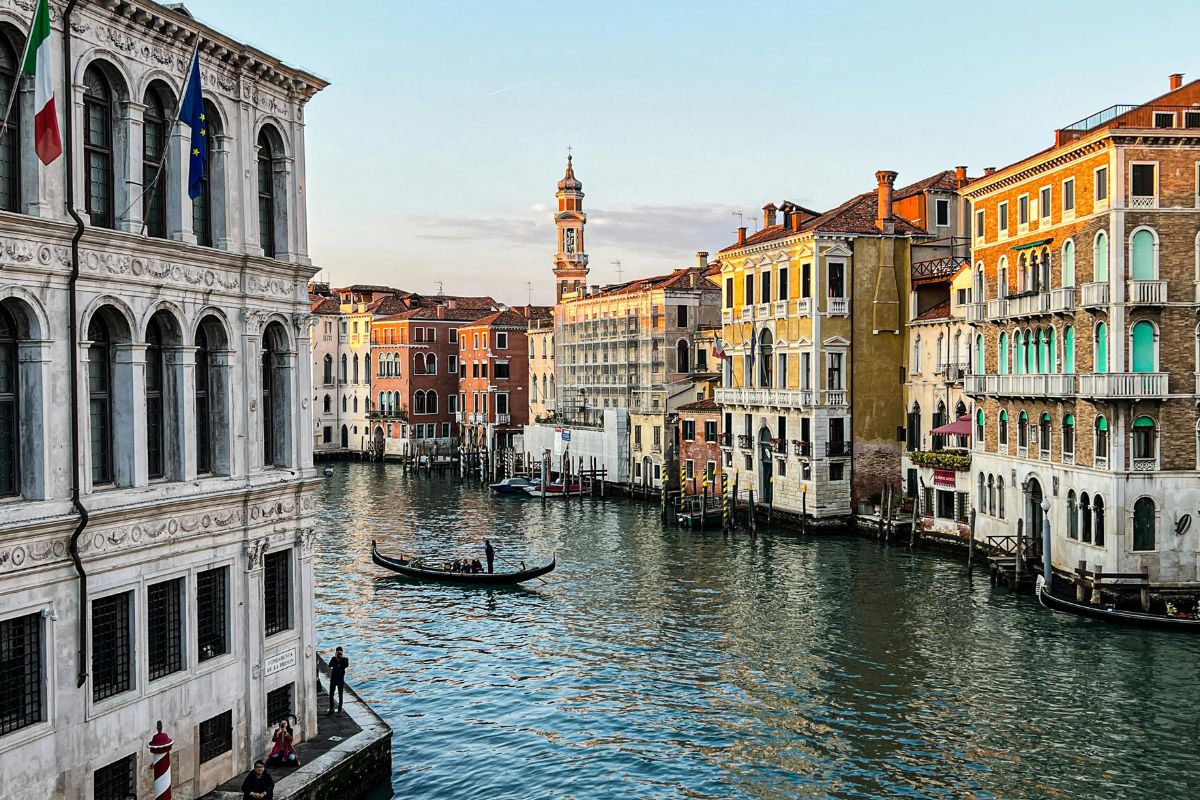
Gateway to Veneto: Marco Polo Airport and Mestre
I found Marco Polo Airport to be the perfect entry point to Veneto. Located just 13 km from Venice, it welcomes flights from major cities worldwide.
After landing, you have several options to reach Venice or other Veneto destinations. The ATVO express bus connects directly to Piazzale Roma in about 20 minutes. Water taxis offer a more scenic (though pricier) entry directly to Venice’s canals.
Mestre, on the mainland, serves as an important transportation hub. Many travelers stay here for lower accommodation costs and easy train access to Venice (just 10 minutes away). The city’s rail station connects to destinations throughout northern Italy and beyond.
Navigating Veneto: The E45 and A13
The E45, also known as A4, is Veneto’s main highway. This well-maintained route connects Venice to Verona. It then continues toward Milan.
For those planning to drive, rental cars are available at Marco Polo Airport and major cities. The A13 highway provides a convenient north-south route connecting Padua to Bologna.
Public transportation throughout Veneto is reliable and affordable. Regional trains connect major cities like Venice, Verona, and Vicenza. Meanwhile, local buses serve smaller towns and villages.
For cycling enthusiasts, Veneto offers exceptional options. I particularly enjoyed the old Dolomites railway track. It’s now converted to a cycling path that connects the mountains to Venice.
Crossing Borders: Veneto to Trentino and South Tyrol
Traveling from Veneto to the neighboring regions of Trentino and South Tyrol is straightforward. Regular trains run from Venice to Bolzano, the capital of South Tyrol. The train passes through spectacular landscapes.
For those heading to the Dolomites, several options exist. Guided day tours from Venice provide hassle-free transportation to Cortina d’Ampezzo and other Dolomite towns. These are perfect for travelers with limited time.
Public buses also connect Venice directly to Cortina d’Ampezzo. The journey takes about 2-3 hours through beautiful mountain scenery.
The border town of Dobbiaco (Toblach in German) marks the linguistic transition between Italian and German-speaking areas. This cultural crossroads offers a fascinating glimpse into the region’s diverse heritage.

